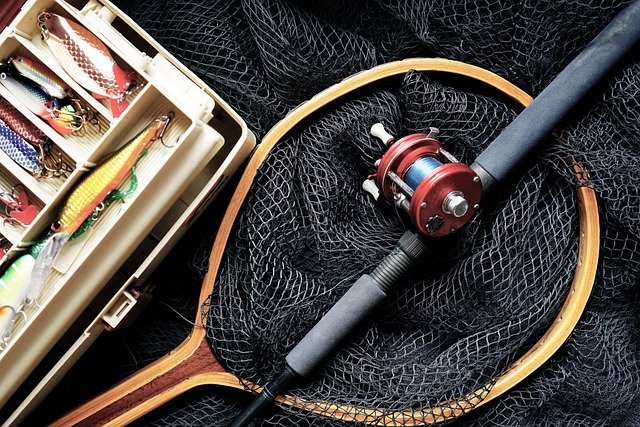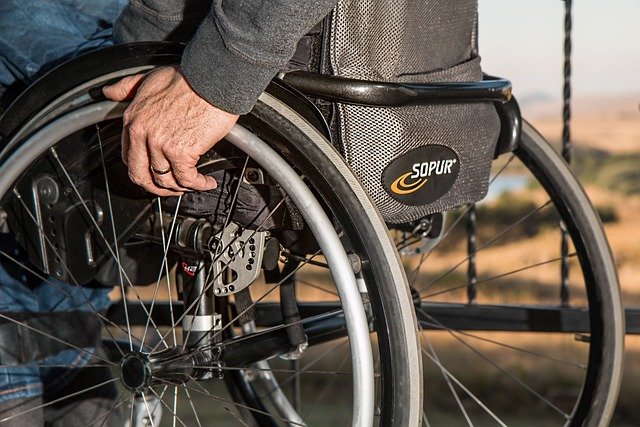Lowe Bass Boats: Practical Guide to Models, Features, Performance, and Ownership
Lowe bass boats have earned recognition among anglers seeking reliable, aluminum-constructed fishing vessels that balance affordability with functionality. These boats cater to freshwater fishing enthusiasts who prioritize durability, shallow-water access, and practical fishing features over luxury amenities. Understanding the various models, performance characteristics, and ownership considerations helps potential buyers make informed decisions about whether a Lowe bass boat meets their specific fishing needs and budget requirements.

Lowe as a Manufacturer: Construction and Typical Applications
Lowe Boats has manufactured aluminum fishing boats since 1971, establishing itself as a prominent name in the freshwater fishing market. The company specializes in all-welded aluminum construction, which provides durability and corrosion resistance compared to fiberglass alternatives. Lowe’s manufacturing process emphasizes practical design over luxury features, making their boats accessible to budget-conscious anglers.
The aluminum construction offers several advantages for bass fishing applications. These boats typically weigh less than comparable fiberglass models, allowing for easier trailering and launching. The material’s resistance to damage from shallow-water obstacles makes Lowe boats suitable for fishing in rocky or debris-filled waters where fiberglass hulls might suffer costly repairs.
Lowe bass boats primarily serve recreational freshwater fishing, particularly in lakes, rivers, and reservoirs where bass species are common. Their shallow-draft designs enable access to fishing spots that deeper-hulled boats cannot reach, making them popular among tournament anglers and weekend fishing enthusiasts.
Popular Lowe Bass Boat Models and Key Specifications
Lowe offers several bass boat models, each designed for different fishing applications and budgets. The Stinger series represents their entry-level bass boat line, typically ranging from 17 to 21 feet in length. These models feature modified-V hulls with beam widths between 7.5 and 8.5 feet, providing stability while maintaining reasonable fuel efficiency.
The Fish & Ski series combines bass fishing capabilities with recreational boating features. These dual-purpose boats range from 18 to 20 feet, with passenger capacities typically between 8 and 10 people. Weight capacities generally fall between 1,800 and 2,500 pounds, depending on the specific model.
Engine options vary by model size, with smaller boats accommodating outboard motors from 90 to 150 horsepower, while larger models can handle engines up to 250 horsepower. The aluminum construction allows these boats to perform well with smaller engines compared to heavier fiberglass alternatives.
Most Lowe bass boats feature shallow-draft designs, with loaded drafts typically ranging from 12 to 18 inches. This characteristic enables access to fishing areas that might be inaccessible to deeper-draft vessels.
Performance and Handling Characteristics
Lowe bass boats deliver predictable handling characteristics that prioritize stability and shallow-water capability over high-speed performance. The aluminum construction and modified-V hull designs provide adequate rough-water handling while maintaining the shallow draft necessary for bass fishing applications.
Stability remains consistent across most Lowe models, with wide beam designs contributing to steady fishing platforms. The boats track well in straight-line running and respond predictably to steering inputs, though they may not offer the sharp handling characteristics of high-performance fiberglass bass boats.
Shallow-water capability represents a significant advantage of Lowe bass boats. Most models can operate in water depths as shallow as 12 inches when properly trimmed, allowing access to productive fishing areas near shorelines, in coves, and around structure that larger boats cannot reach.
Towing considerations favor Lowe boats due to their lighter aluminum construction. Most models remain within weight ranges manageable by mid-size trucks and SUVs, reducing the need for heavy-duty towing vehicles. Trailer tongue weights typically range from 200 to 400 pounds, depending on boat size and equipment.
Deck Layout and Fishing-Specific Features
Lowe bass boats emphasize functional deck layouts that maximize fishing efficiency rather than luxury comfort. Most models feature raised casting decks at both bow and stern positions, providing elevated platforms for improved sight fishing and casting accuracy. These decks typically include non-skid surfaces for safety during wet conditions.
Storage solutions focus on fishing equipment organization. Built-in rod storage systems accommodate multiple fishing rods, while lockable compartments provide secure storage for tackle, electronics, and personal items. Live wells are standard on most bass boat models, with aeration systems designed to maintain healthy fish during tournaments or extended fishing trips.
Comfort amenities remain basic compared to luxury boat brands but include essential features like cushioned seating positions and adequate legroom for typical fishing activities. Some models offer optional features like flip-up bolster seats and adjustable pedestals for customized fishing positions.
Electronics mounting options include pre-wired console areas for fish finders, GPS units, and marine radios. Many models feature 12-volt electrical systems with multiple accessory outlets for charging electronics and powering additional equipment.
| Model Category | Length Range | Price Range | Key Features |
|---|---|---|---|
| Stinger Series | 17-21 feet | $25,000-$40,000 | Entry-level, modified-V hull, basic fishing features |
| Fish & Ski Series | 18-20 feet | $30,000-$45,000 | Dual-purpose design, family-friendly layout |
| Used Models (5-10 years) | Various | $15,000-$30,000 | Depreciated value, established reliability |
Prices, rates, or cost estimates mentioned in this article are based on the latest available information but may change over time. Independent research is advised before making financial decisions.
Practical Buying Guidance and Ownership Considerations
New versus used considerations involve balancing budget constraints against warranty coverage and known history. New Lowe boats typically include manufacturer warranties covering hull construction and major components, providing peace of mind for first-time boat owners. Used models offer significant cost savings but require thorough inspections of hull condition, engine maintenance history, and trailer integrity.
Common maintenance tasks include regular engine servicing according to manufacturer schedules, typically every 100 hours of operation or annually. Hull maintenance involves periodic cleaning and inspection for damage, though aluminum construction requires less maintenance than fiberglass alternatives.
Winterization becomes critical in climates with freezing temperatures. Proper winterization includes engine fogging, fuel stabilization, and complete water system drainage to prevent freeze damage. Many owners choose professional winterization services to ensure proper procedures.
Warranty coverage varies by model year and dealer, but typically includes structural hull warranties ranging from 5 to 10 years, with shorter coverage periods for engines and accessories. Dealer service networks provide maintenance and repair services, though availability may vary by geographic region.
Prospective buyers should research local dealer support, as ongoing service relationships significantly impact long-term ownership satisfaction. Test rides in various water conditions help evaluate whether specific models meet individual performance expectations and fishing requirements.




